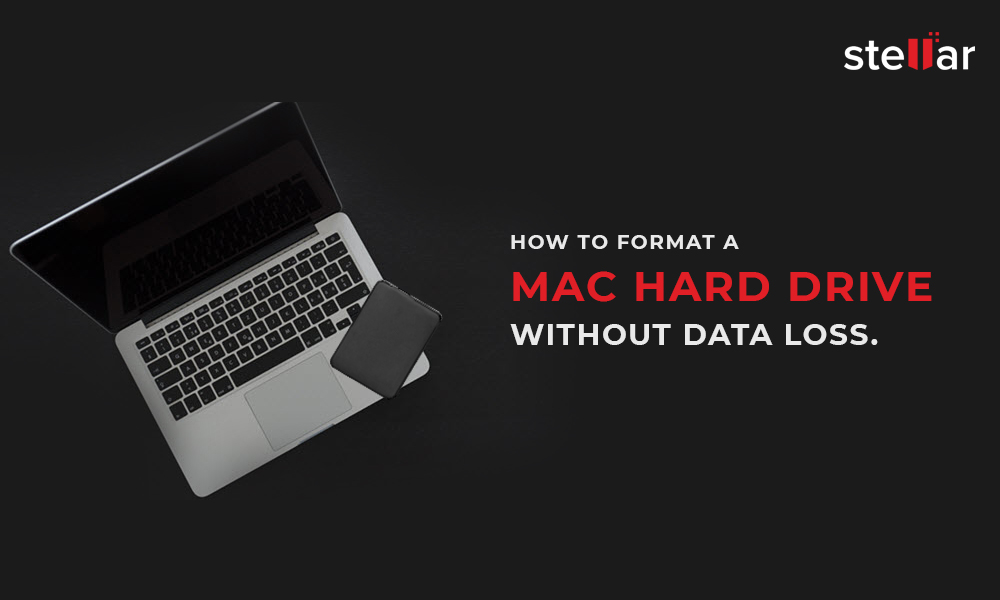How To Format Macintosh Hd On Mac
1Is it possible to recover Mac files after formatting?
- APPLE SSD Container disk2 Macintosh HD If you select that top node, (APPLE SSD), and then click erase and put in: Name: Macintosh HD Format: APFS or Mac OS Extended (Journaled) Scheme: GUID Partition Table Then it should ask for your AppleID Password and then it will delete the volume. Then you can proceed with the.
- Make sure the format is Mac OS X Extended (Journaled). Once you've set the partition sizes and named the new partition, click Apply to finalise everything. Alternatively, if you change your mind.
- This is an article for Mac, it is erasing a hard drive from a Mac command line, it is not a Windows tutorial. You can, however, format a Windows hard drive from a Mac if you connect the Windows hard drive to the Mac and format it through Disk Utility, or the command line as described above.

The answer is definitely YES! In fact, disk formatting doesn't wipe your files (unless the files are overwritten by other files). When you format a Macintosh HD, the file system of disk is replaced with a new empty file system. Thus, the entries of all the files and directories saved on the drive are cleaned so that they're inaccessible. However, the disk maintains an index file, telling the computer's operating system the place that a particular file is stored. When you format the hard drive, links between index and file are deleted. Those lost files are still physically intact, and you can restore formatted files from Mac before they are overwritten by new files.
2How to recover formatted hard disk in Mac
Launch Disk Utility and then click to select the external hard drive listed on the left. Click the 'Erase' tab, choose a volume format from the drop-down menu and then type a name for the drive. The Mac OS X Extended volume format is optimal for Macs; the Journaled option enables the system to log and keep track of files. Step 1 Connect the external hard drive you want to format to your Mac, then start the Disk Utility app that you can find under Applications - Utilities. Step 2 On the left side of the Utilities screen, find the name of the external hard drive you want to format and select it.
Since it's possible to recover formatted files in Mac, how to recover Mac files has really confused some Mac users. In brief, there are two ways: Restore and Recover.
If you have backed up your Mac files, you can restore formatted files easily from the backup files. If you don't have any valid backup, you need Mac format recovery software - Wondershare data recovery for mac, to recover formatted files from Mac. Wondershare data recovery for mac enables you to do it, no matter formatted, deleted or lost files due to different reasons.
Formatting Macintosh HD Recovery Software
- Recover files in 550+ formats from any storage device quickly, safely and completely.
- 3 Recovery Modes to help you recover lost files under different situations
- Supports data recovery from recycle bin, hard drive, memory card, flash drive, digital camera and camcoders
- Preview before recovery allows you to do a selective recovery
- Supported OS: Windows 10/8/7/XP/Vista, Mac OS X (Mac OS X 10.6, 10.7 and 10.8, 10.9, 10.10 Yosemite) on iMac, MacBook, Mac Pro etc.
Tips: Remeber not to install Wondershare Data Recovery to the same partition or place where you lost your data to avoid from overwriting your original data.
If you are a Windows user, switch to Wondershare Data Recovery for Windows.
Step1. Choose the option of 'Raw Recovery'
Install and run this data recovery on your Mac after downloading it. To recover formatted files from your Mac HD, you need to choose 'Raw Recovery', which supports the recovery of almost all lost files.
Step2. Select the Macintosh HD for recovery

Select the Macintosh HD that you formatted accidentally, and click on 'Scan' to find out all lost files.
If you don't want to find out all files (scanning all files will take you more time), you can use the 'Filter Options' to appoint the file type that you want to get back. Then go to 'Scan'.
Step3. Start to recover formatted files from Mac
When the scanning completes, you can preview the scanning results and check those files important to you for recovery.
3Video tutorial of Mac formatted hard drive recovery
4Why need to format Macintosh HD?
How To Format Macintosh Hd On Macbook Pro
There is a built-in tool named Disk Utility in Mac which allows you to perform the format process by hitting on the 'Erase' tab when specifying the disk or the volume. Formatting can fix some of the hard drive related logical problems, but also erase all the saved files and folders in the Macintosh HD, so usually you may not format Macintosh HD. Formatting is only performed for your certain purpose, such as:
How To Format Macintosh Hd On Mac Os
• To remove a deadly virus, which even can't be cleared with an anti-virus software.
• Reinstall operating system to fix boot errors or restore missing system files.
• Replace damaged file system or Macintosh HD structures.
• Clear all data that you don't want from the Mac.